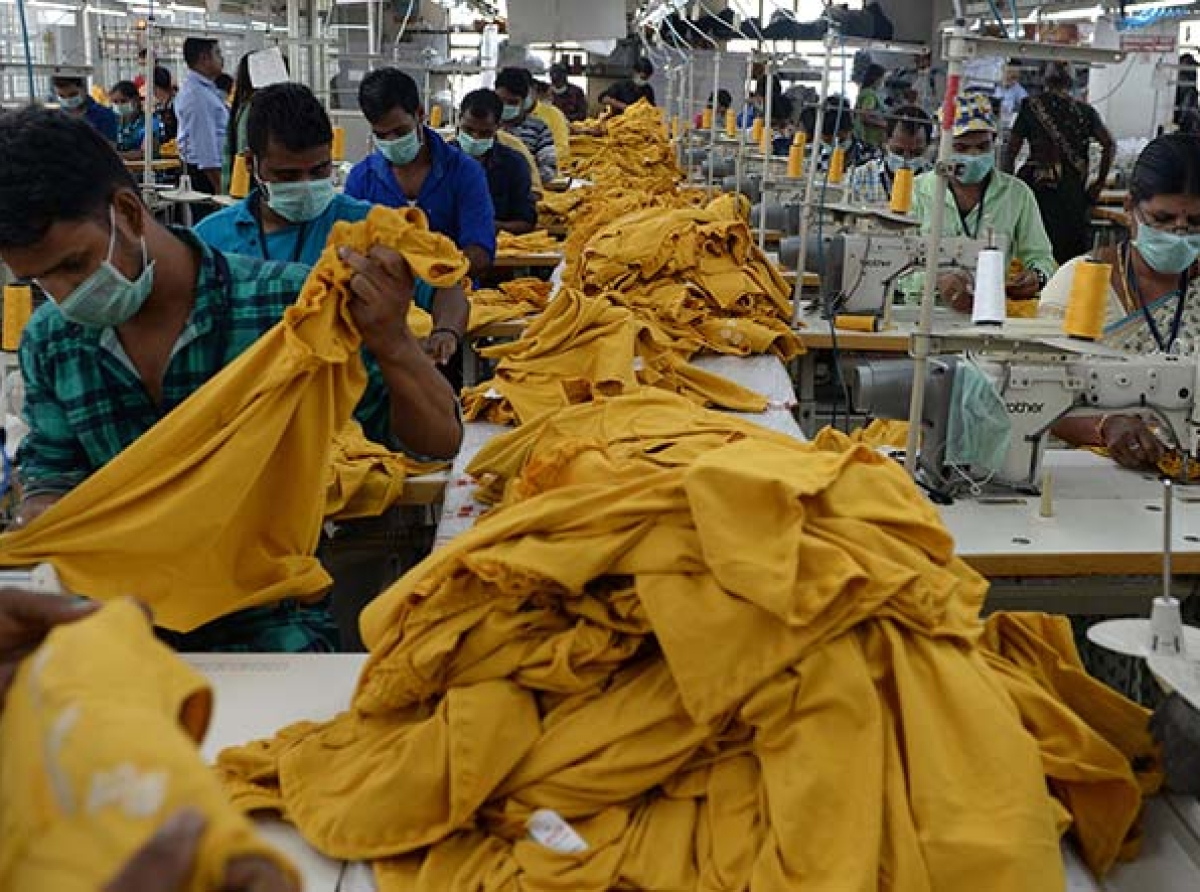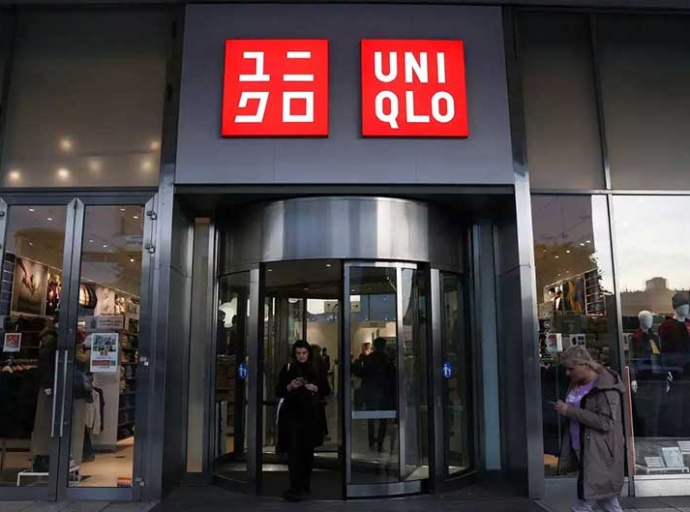The rising apparel imports eroding India's manufacturing base

The rapid growth of fast fashion in India, due to factors like low-cost imports, is casting a long shadow over the country's established textile and retail sector. While offering seemingly affordable and trendy options to consumers, this influx presents a complex web of commercial consequences that extend far beyond immediate cost savings.
Examining the dynamics at play reveals a significant disruption to domestic manufacturing, shifts in retail practices, and a growing trade imbalance.
An uneven playing field
With a heritage spanning centuries and employing over 45 million people, the textile sector contributes significantly to the nation's GDP and export earnings. However, the arrival of imports, often priced at almost 50 per cent lower than comparable Indian-made goods, is creating an uneven playing field.
Powerloom factories and small garment units, the backbone of domestic textile production, are struggling to compete. Retailers, driven by the allure of higher profit margins and the demand for cheap, fashionable items, are increasingly turning to foreign suppliers.
The impact is particularly acute on Micro, Small, and Medium Enterprises (MSMEs), which traditionally formed a crucial segment of the domestic supply chain. These businesses, once thriving on supplying affordable, locally produced clothing, are now facing closures or significant scaling down, leading to widespread job losses in key textile hubs across Gujarat, Tamil Nadu, and West Bengal.
For example, the powerloom clusters in Maharashtra, once vibrant hubs of textile production, are facing immense pressure due to the influx of cheap synthetic fabrics and ready-made garments, particularly from China.
Small powerloom owners are struggling to find buyers for their products as retailers opt for cheaper imported alternatives.
This has led to significant financial distress, closure of units, and migration of skilled labor to other sectors. The lack of government support and the inability to compete on price with mass-produced imports are pushing this traditional industry towards decline.
The Clothing Manufacturers Association of India (CMAI) has voiced serious concerns about the "serious threat to employment" posed by escalating apparel imports, a sentiment echoed by a parliamentary panel in 2018, which warned of India transforming into a nation of "importers and traders" at the expense of its manufacturing base.
Growing trade deficit
The trade deficit figures paint a stark picture of this growing reliance on foreign-made apparel. In the fiscal year 2023-24, India's apparel imports surpassed $8.5 billion, with China alone accounting for nearly 40 per cent of this figure. This creates a paradoxical situation where India, despite being a major textile exporter globally, witnesses its domestic market increasingly dominated by foreign goods.
This dependence directly contributes to a widening trade deficit. India's overall trade deficit with China reached a record $85 billion in FY2023-24. Each dollar spent on importing cheap clothing adds to this deficit, placing downward pressure on the Indian rupee and straining foreign exchange reserves over time.
RMG influx a growing concern
The apparel market is witnessing a rise in the import of ready-made garments, encompassing both premium and fast fashion categories. While catering to diverse consumer preferences, this influx poses a direct challenge to the competitiveness and viability of domestic apparel manufacturers. Data indicates a consistent upward trend in apparel imports, signaling a growing reliance on foreign production.
Table: India's apparel imports ($ bn)
|
Country of origin |
Value of imports |
Apparel imports in % |
||
|
China |
3.4 |
40.00% |
||
|
Bangladesh |
1.8 |
21.20% |
||
|
Vietnam |
0.7 |
8.20% |
||
|
Others |
2.6 |
30.60% |
||
What’s more, the dominance of cheap imports can stifle the growth and competitiveness of domestic manufacturers in the long run. As Indian brands and manufacturers lose market share within their own borders, they are forced to operate at lower production scales. This, in turn, increases their per-unit costs and limits their capacity to invest in crucial areas like research and development, technological upgrades, and skill enhancement.
Consequently, their ability to compete effectively in the international export market is also undermined, creating a vicious cycle of decline.
The impact of premium vs. fast fashion imports
The commercial impact of apparel imports varies depending on the category.
Premium apparel: Imports of high-end and luxury apparel cater to a niche segment of the Indian consumer market. While these imports contribute to the trade deficit, their direct impact on the mass-market domestic manufacturers might be less pronounced. However, they do create competition for Indian designers and brands aspiring to capture the higher-value segments.
Fast fashion (cheaper goods): The influx of low-cost, fast fashion items, predominantly from countries like China and increasingly through Free Trade Agreement (FTA) routes like Bangladesh, presents a more significant threat to the domestic manufacturing industry. Their competitive pricing, often achieved through economies of scale and lower production costs, makes it exceedingly difficult for Indian MSMEs to compete.
While the allure of low prices attracts consumers, the long-term commercial implications for India's textile and retail sectors are significant. The erosion of domestic manufacturing capacity, the loss of livelihoods, and the increasing trade deficit pose substantial challenges to the nation's economic resilience and self-sufficiency.
Addressing this requires an approach that strategically safeguards the interests of the domestic industry without resorting to outright protectionism that could harm consumer affordability and violate international trade agreements.
Latest Publications

































